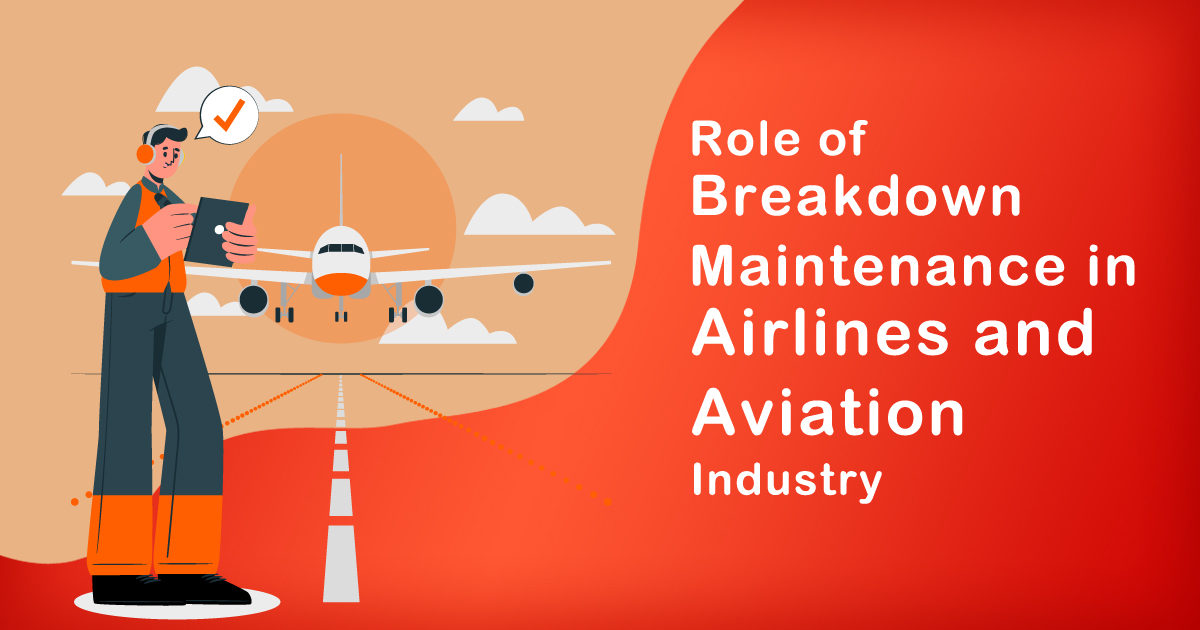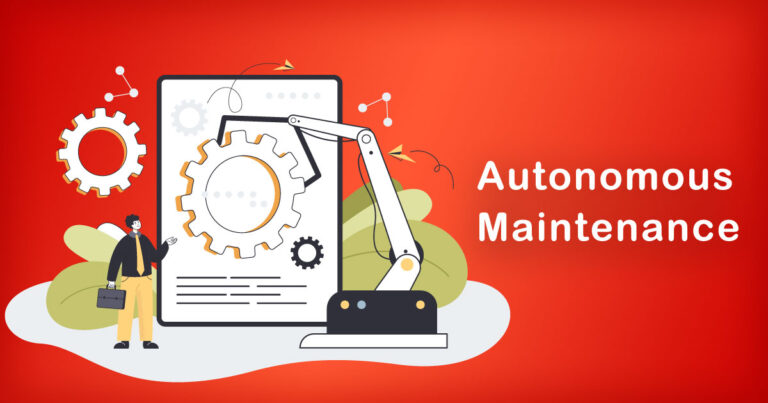Introduction
In the dynamic and fast-paced world of aviation, the efficiency and safety of aircraft operations are paramount. Airlines and aviation companies strive to minimize downtime and ensure that their fleets remain in optimal condition to meet the ever-growing demands of passengers and cargo transportation. Breakdown maintenance, also known as corrective maintenance or reactive maintenance, plays a crucial role in this industry by swiftly addressing unforeseen technical failures and malfunctions. In this blog, we delve into the significance of breakdown maintenance in the Indian context, shedding light on its importance, challenges, and how it aids in maintaining a reliable and secure aviation network.
Understanding Breakdown Maintenance
Breakdown maintenance is an approach wherein maintenance activities are carried out only when an asset, in this case, an aircraft, experiences a malfunction or failure. It contrasts with scheduled maintenance, where tasks are pre-planned and executed at regular intervals. While scheduled maintenance is vital to ensure long-term reliability and prevent potential issues, breakdown maintenance fills the gaps and addresses unforeseen breakdowns that can occur despite meticulous planning.
Importance in the Indian Aviation Industry
India’s aviation industry has witnessed phenomenal growth in recent years. According to a report by the Ministry of Civil Aviation, the total passenger traffic in India surpassed 344 million in the fiscal year 2020-2021. With a surge in air travel, airlines face increased pressure to maintain operational efficiency. In this scenario, breakdown maintenance assumes a crucial role by minimizing the downtime of aircraft, which directly impacts flight schedules, passenger satisfaction, and revenue generation.
Challenges and Mitigation Strategies
The Indian aviation industry presents its own set of challenges for implementing effective breakdown maintenance:
Infrastructure:
The vast and diverse geographical landscape of India demands a robust infrastructure for maintenance facilities. Airlines need strategically located maintenance centers equipped with state-of-the-art tools and skilled personnel to address breakdowns promptly.
Skilled Workforce:
The scarcity of skilled maintenance technicians in India poses a challenge. Airlines and maintenance organizations must invest in training and upskilling programs to maintain a competent and agile workforce capable of swiftly handling breakdowns.
Regulatory Compliance:
The Directorate General of Civil Aviation (DGCA) oversees and regulates aviation safety in India. Adherence to stringent maintenance protocols and timely reporting of breakdown incidents is essential to ensure compliance.
Inventory Management:
Maintaining an adequate inventory of spare parts for various aircraft types is critical to minimize downtime. Airlines must strike a balance between storage costs and the availability of essential components.
Mitigation strategies include investing in advanced maintenance technologies, collaboration with aviation institutes for skill development, and establishing efficient supply chain management for spare parts.
The Economic Impact
Breakdown maintenance’s significance in the Indian aviation industry extends beyond operational efficiency. Timely corrective action helps airlines prevent substantial financial losses due to canceled flights, passenger compensations, and negative publicity. A well-executed breakdown maintenance strategy can safeguard the airline’s reputation and financial stability, promoting sustained growth in the competitive market.
Safety and Passenger Confidence
Safety is the top priority in the aviation industry. Efficient breakdown maintenance ensures that potential safety hazards are addressed promptly, minimizing risks associated with aircraft malfunctions during flight. Additionally, the prompt resolution of breakdowns enhances passenger confidence in the airline’s reliability and safety standards, fostering customer loyalty and repeat business.
Conclusion
Breakdown maintenance plays a pivotal role in the Indian aviation industry, complementing scheduled maintenance practices and bolstering overall operational efficiency. In a sector where safety and reliability are paramount, airlines must prioritize proactive measures to address breakdowns swiftly and effectively. By investing in modern maintenance technologies, upskilling the workforce, and optimizing spare parts management, Indian airlines can ensure the seamless functioning of their fleets, fostering a positive image and long-term success in the dynamic and evolving aviation landscape.








